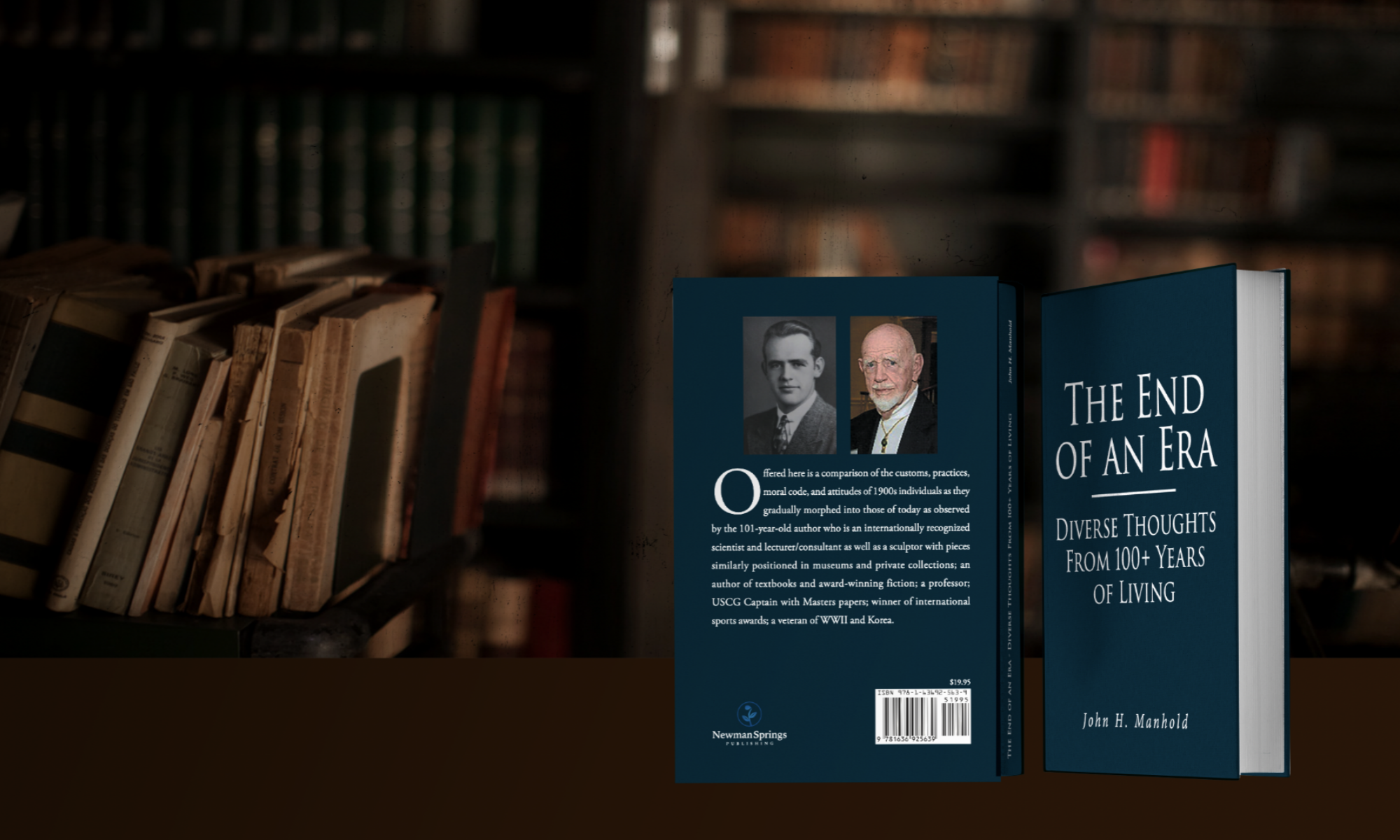It’s Not the SCORE, it’s the TRIP ISBN: 978 1642251494 Advantage Media Group copyright and written by Brian O’Hara.
Sub- titled “One man’s journey to building a global franchise is a memoir by the founding president and COO (later CEO) of XL Insurance. A company described by importantly prominent members as “the Bermudian re-insurance market instrumental in raising the bar of economic landscape of the island to a now globally recognized as a prominent reinsurance domicile.” “The publication is designed to provide accurate and authoritative information in regard to the subject matter covered.” The book opens with the usual Forward, Preface, and Introduction followed by 9 chapters, an Epilogue, acknowledgements and About the Author, some photographs scattered throughout and a collection at the end. End Notes (18) and a closing note depicting a slightly less formal description of the author complete the volume. Each chapter describes advances and occurrences leading toward his goals as they occurred chronologically. The first accounting Family Luck 1948-1965; #2 Testing my luck 1966-1970; #3 Fun into prophet 1970-1979; #4 No simple highway, the road 1978-1989; #5 Buy or be bought 1990-1999; #6 Leading the industry 1999-2003; #7 Rough Waters 2003-2006; #8 Plan B 2007-2008; # 9 Now what? 2008-2011.
It is a quite personal story of how Brian worked his way through the business to become CEO of a global corporation largely bringing recognition to Bermuda as a prominent center for the insurance-reinsurance industry. His personally rigid belief and adherence to collegiality and integrity he believed were most important for survival and were the keynote to all operations as well as knowing the rules but being flexible in relationship to them. He further worked on the principle that you get better results if you ask people if they can do something, rather than tell them to do it. He was acutely aware of the magnitude of inherent risk in the industry’s cycles and the corresponding uncertainty, especially when it came to matters like budgeting for the premiums. (Especially with Fortune 500 Companies operations and products. “They appreciated their underwriting discipline that would create a stable long-term relationship despite the cyclicality of the insurance industry overall.”) He used his program in Barbados as well as Bermuda and the company went from $450 million in ’87 to $1 Billion by ’90 and ultimately an organization employing 2400 people in 20 countries. Eventually, the main operations moved to Bermuda from Barbados and also started a branch in Dublin, Ireland. Their entire mission was as insurers/reinsurers that dealt with providing coverage for large-risk properties. Finally they opened to become a public company and success continued but he found it to be personally unpleasant because he felt required now to satisfy so many strangers who had invested in the work. Interestingly, the day he was forced to step down as CEO was the year that catastrophe struck the company along with most others involved in this high risk business.
Discussion: The author has written a most interesting memoir from several perspectives. First, it presents an impressive insight to the drivers and inner workings of the property and casualty risk industry for interested parties. Second, the details about this phase of insurance underwriting offer fascinating ‘inside’ information for uninvolved individuals interested generally in how other businesses operate (such as this reader). Third, it is studded with interchanges with well-known athletes and coaches from football, basketball, tennis and golf as well as cinema celebrities, Heads of State and powerful individuals within the world of finance. Thus, the author has offered the entire package in a personally oriented manner that removes it from the more usual somewhat dry and subject oriented business reminiscences.
5* Informative and unusually enjoyable business memoir.
